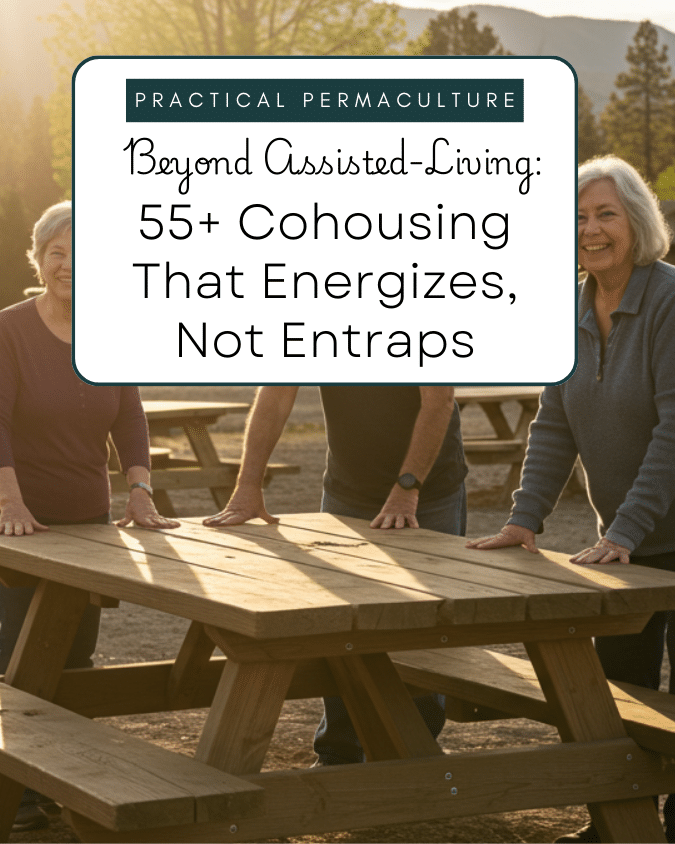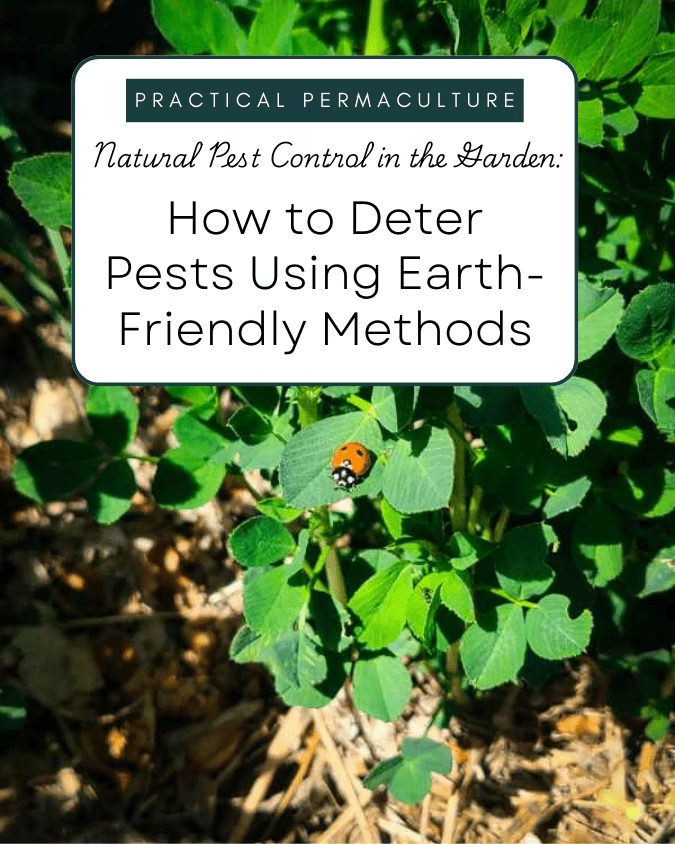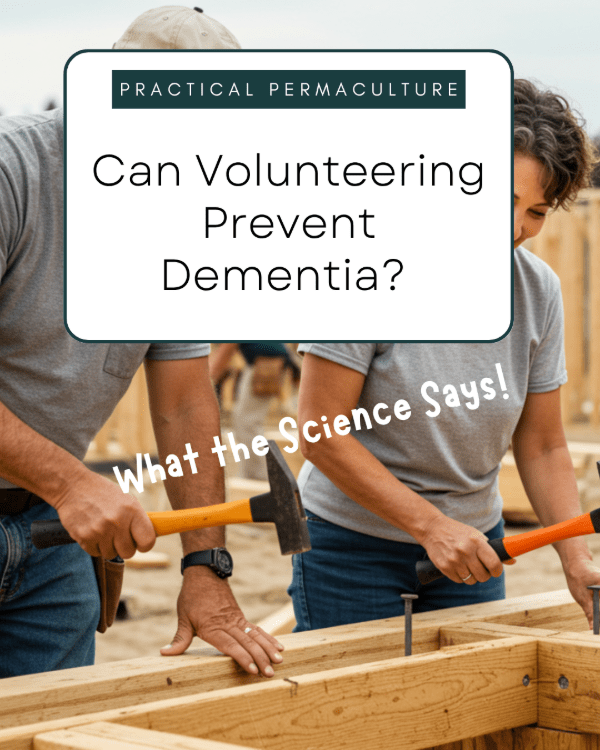
Easing Into Change: Addressing Emotional Attachments to Home (Without Guilt)
Struggling to downsize or let go of a family home? You’re not alone. But what if moving wasn’t an ending — but a fresh start full of purpose, connection, and joy?
Leaving a longtime home is rarely just about logistics. It’s about letting go of decades of memories—the kitchen where you raised your kids, the tree you planted in the yard, the wall covered in family photos.
It’s no wonder so many seniors hesitate, even when they know their home isn’t the best fit for retirement.
But here’s what I’ve learned: attachment doesn’t have to mean staying.
I moved over 10 times by the time I was 18. My parents’ divorce meant constant change. But instead of resisting it, I fell in love with the process — sorting, simplifying, and stepping into the unknown. Each move felt like a chance to reinvent myself.
Now, I help others fall in love with that same feeling — not as a necessity, but as a choice for a richer life.
Why the Attachment Is So Strong
Our homes are more than buildings. They represent:
- Stability and identity — where you became who you are
- Family legacy — the stories passed down through walls and gardens
- Life’s work made tangible — the years of care, repairs, and love
Letting go can feel like erasing part of yourself.
But what if it’s not erasure? What if it’s making space — for new stories, deeper connections, and a life that gives back?
Reframing the Transition
The truth is, moving on doesn’t erase the story — it simply opens a new chapter. Here’s how to make peace with the change:
1. Honor the Memories — Then Move Forward
Take photos. Save a doorknob. Host one last gathering. But don’t let nostalgia trap you in a house that no longer serves you.
2. Start Small — Try It First
Before selling, test the waters: join a community garden, volunteer at a cohousing event, or try a tiny home retreat. You might surprise yourself with how much lighter you feel.
3. Choose Growth Over Guilt
You’re not abandoning your past. You’re creating space — for yourself, and for others.
When a senior moves out of an oversized home, a young family can move in. A first-time buyer gets a chance. A community grows.
That’s not loss. That’s legacy in motion.
What I Learned from Nomadland
During my time in Nomadland, I met retirees living in RVs and trailers in the desert — not by choice, but by circumstance. Many had lost homes, savings, or health.
At first, they grieved. But over time, many found unexpected freedom:
- Less cleaning, less maintenance
- Everything within reach — no more “Where’s my other shoe?”
- No mortgage, no yard work, no pressure
- A sense of community among fellow travelers
They didn’t choose this path. But they found joy in it.
Imagine what’s possible when you do get to choose — when you move not out of necessity, but toward a life of purpose, connection, and regeneration.
Alternatives That Inspire
Instead of fearing the move, consider alternatives that add meaning:
- Tiny homes with lower upkeep and cozy efficiency
- Community gardens that connect you to people and nature
- Regenerative cohousing where you contribute to something larger than yourself
At Earth Keepers, these aren’t dreams. They’re daily life.
We’re building a 55+ community where you can downsize without compromise — and grow forward, not just older.
🌱 Key Takeaways
- Letting go of a home doesn’t erase your memories — it honors them by making space for new ones.
- Downsizing isn’t loss — it’s freedom from burden and a gift to future generations.
- You can find joy in small spaces, especially when they’re filled with purpose and community.
- Earth Keepers offers a guilt-free transition to sustainable, connected living.
- You’re not slowing down. You’re growing into your next chapter.
It’s Okay to Let Go — Because You’re Stepping Into Something Richer
Earth Keepers is building a 55+ regenerative community in Nevada where you can downsize without compromise, stay connected, and leave a legacy.
You’ll grow food, heal the land, and connect with neighbors—all in a design that’s easy on the body and kind to the planet.
Join the movement where sustainable aging means growing forward—not just older.



